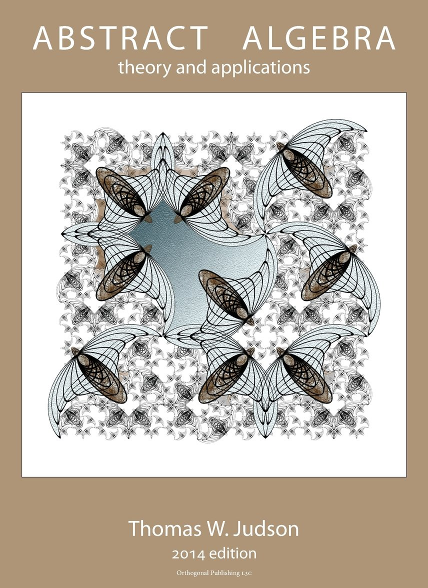Exercise1
Suppose that
\begin{align*} A & = \{ x : x \in \mathbb N \text{ and } x \text{ is even} \},\\ B & = \{x : x \in \mathbb N \text{ and } x \text{ is prime}\},\\ C & = \{ x : x \in \mathbb N \text{ and } x \text{ is a multiple of 5}\}. \end{align*}Describe each of the following sets.
\(A \cap B\)
\(B \cap C\)
\(A \cup B\)
\(A \cap (B \cup C)\)
(a) \(A \cap B = \{ 2 \}\text{;}\) (b) \(B \cap C = \{ 5 \}\text{.}\)
